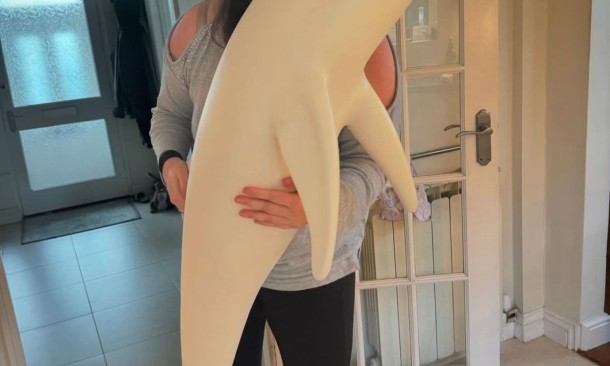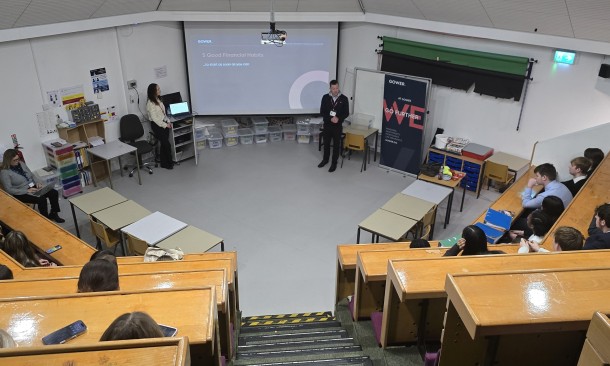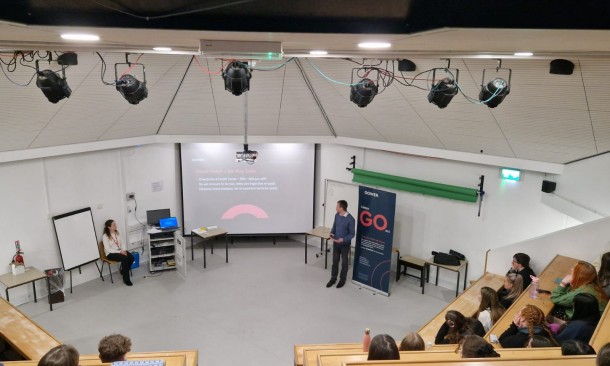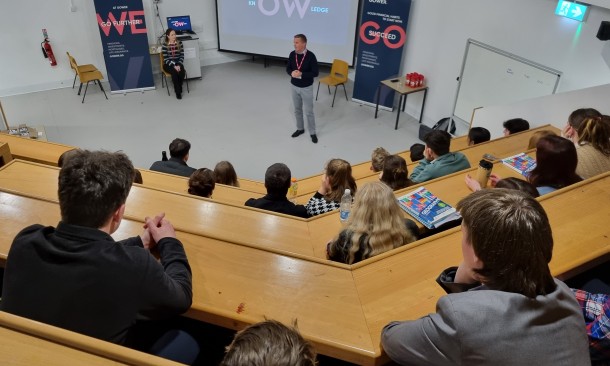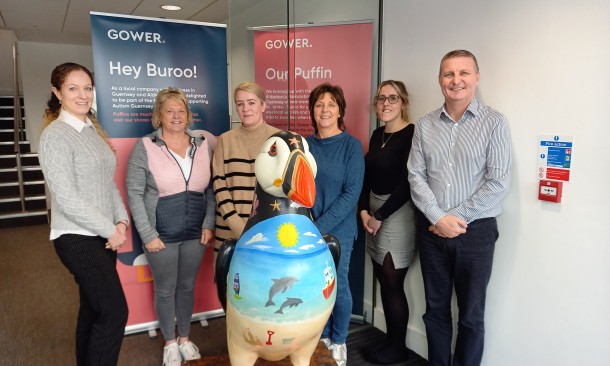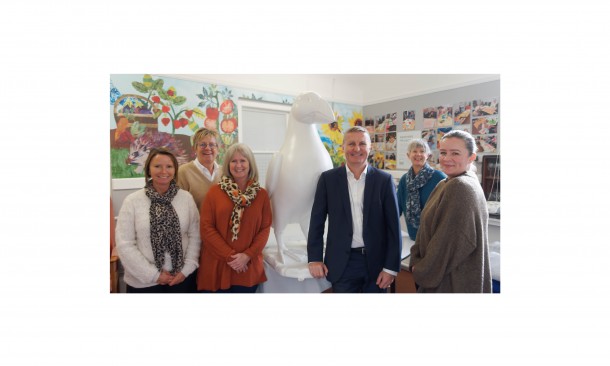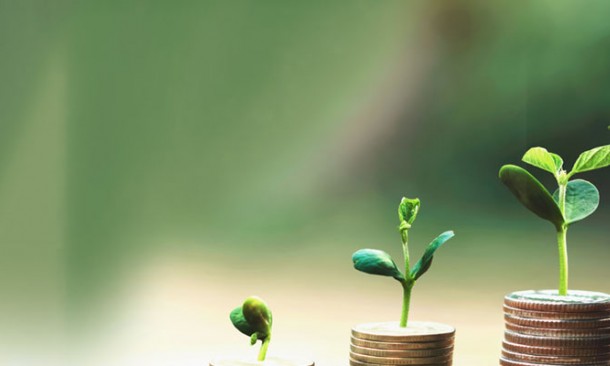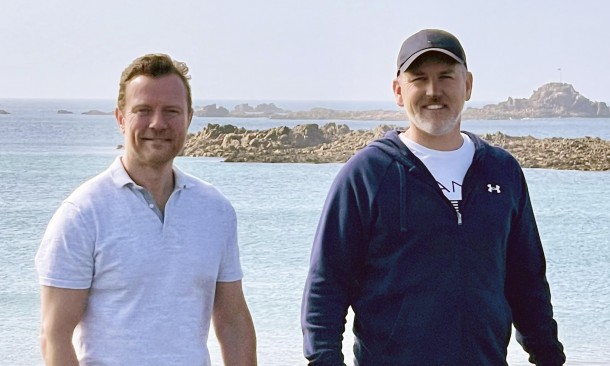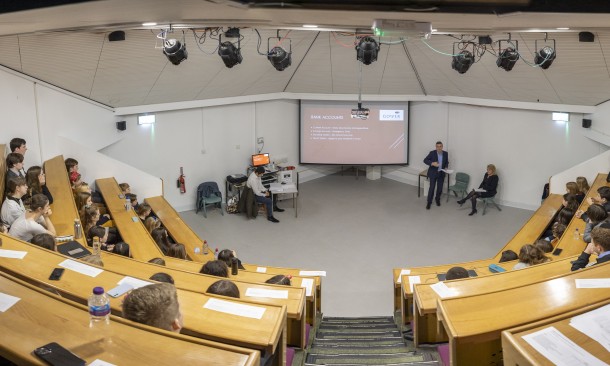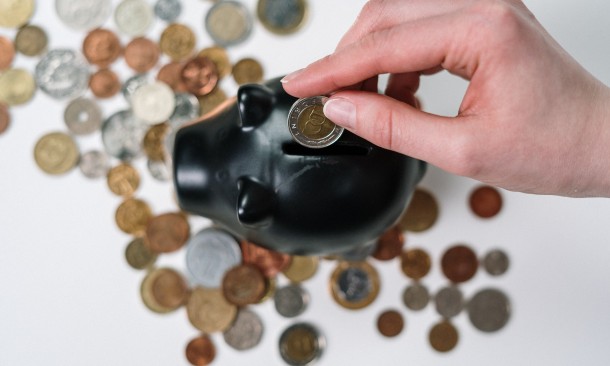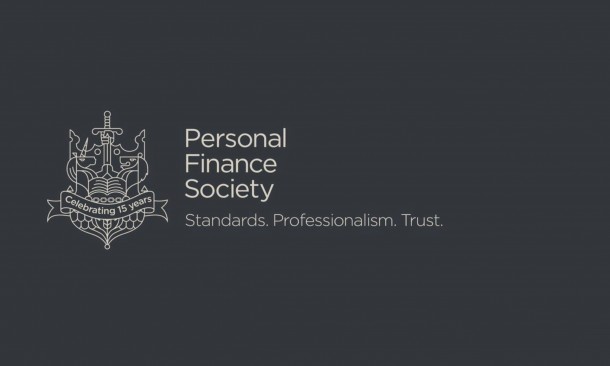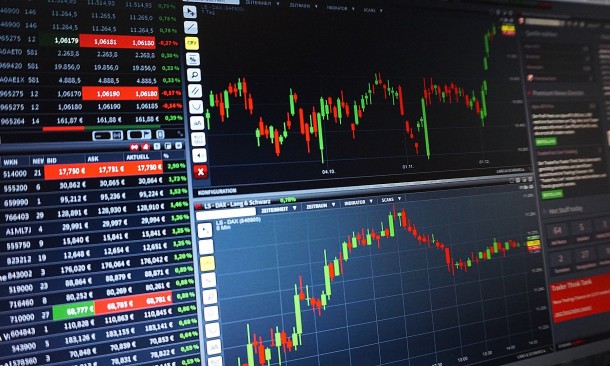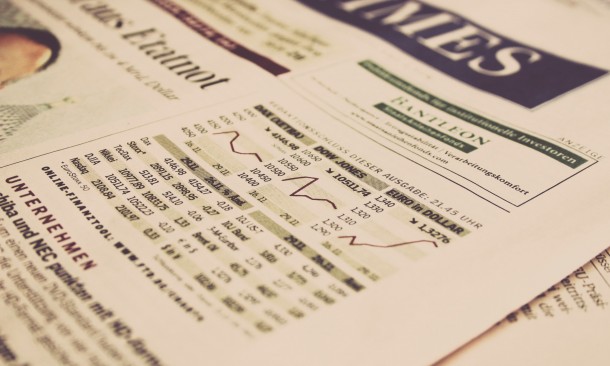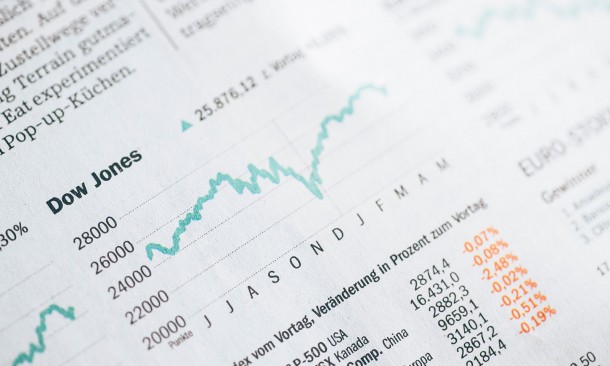Going Viral
The title and content of this piece are not designed to make light of the current outbreak which appears more serious than first thought. It is written to put some context to the effect it may have on financial markets.
Although I studied a science degree it soon became obvious that I wasn’t much of a scientist so chose the alternative option of investment management to make a living after university. It did however teach me the discipline of critical thought and to question common assumptions. It also taught me to model stock market behaviour by comparing it with biological patterns and mechanical processes.
Financial folk tend to think in linear form with never-ending growth as the key theme; the faster the better. While exponential growth engenders greed and delight for many it is a source of fear for me. It is likely why I have a reasonable track record of selling when markets peak. In biological terms these chart patterns are reminiscent of the rapid growth of yeast cells that ultimately kill themselves by way of their own toxic by-product (alcohol). One also sees colony collapse when locust numbers surge after rainfall then swarm in the subsequent drought making them target every edible crop, after which they run out of food. The population explosion therefore runs out of steam in a negative feedback loop which is also common in financial trends.
Viruses undergo a similar boom and bust and the behaviour can be mathematically modelled with so-called Transmission Dynamics. The basic formulation is based on the SIR model standing for Susceptible, Infectious, Recovered. The pattern forms a bell-shaped distribution curve with a gravity-defying rise followed by an equally rapid decline. The proportion of infectious people resembles the release of a coiled spring that initially wobbles violently with its oscillations gradually dampening down to imperceptibility.
Only last week the World Health Organisation declared that the corona virus outbreak in Wuhan was not a global emergency. This was based on the premise that person-to-person transmission was not evident. In other words the infection stemmed from the source at ground zero and is not spreading within other countries. For now the 81 deaths out of 3000 cases have been confined to China. Inevitably comparisons are being made with the 2003 SARS outbreak (Severe Acute Respiratory Syndrome) which killed around 800 people in the region out of a total of 8000 cases. It is still too early to tell what the mortality rate of this infection will be. On the plus side if you need rapid state intervention to quell the spread then China is the place to do it. Authorities have locked down the city and public gatherings elsewhere have been cancelled with the likes of the Forbidden City in Beijing now closed along with people-intensive areas such as theme parks. Unlike the SARS outbreak which was kept under wraps for months, the government has been far more open and vigilant than in the past.
For the Chinese, the Lunar New Year is the most significant holiday of the calendar where everyone does their utmost to reunite with their family. The holiday has been extended to curb travel in this infectious phase given that that it can be spread without symptoms showing in the incubation period of 1-14 days. It was noticeable on my WeChat app that the usual flood of New Year messages from Chinese friends was far reserved compared with 2019. While the Year of the Rat carries auspicious connotations in China, in western eyes rats are associated with the Black Death which stemmed from Central Asia and travelled along the Silk Road. Indeed, in a recent trip through Gatwick airport the advertising posters had re-packaged Year of the Rat to Year of the Mouse to make it more palatable. Or it could just be clever marketing given that the Chinese character for rat and mouse are one and the same.
Another comparison being made is that of the Spanish ‘flu which ravaged the globe just over a century ago toward the end of WW1. The only reason it gained this attribution was that Spain was first to publicise the outbreak. This was because they were neutral in the war so did not have the same reporting restrictions as the rest of Europe. Thanks to its transparency the country earned this unfortunate label when the virus was already spreading across the Continent. It then pulsed through the world population in three waves and of the 50 million infected the death rate proved to be 10%.
The pandemic was thought to have originated from either a British base in France or an American camp in Kentucky. A third, more recent suggestion is that it came from one of the thousands of Chinese workers who came to Europe to help clear the battlefields of buried bodies to give them a fitting interment. On a tangential side note a colleague was recently researching the background of a Guernsey man Alfred Pomeroy who was a veteran of the Boxer rebellion. He later served as an officer attached to the Chinese Labour Corps who carried out their grim grave digging duties on the Western Front. It appears he had a lucky escape from the ‘flu and obviously had a soft spot for China as he named his house Weihaiwei after the naval base in the North East of the country, where he was likely once stationed.
The ‘so what’ of all this from a financial perspective is that markets will inevitably take a hit with China as the epicentre of global growth. However, episodes of epidemics over the last 40 years rarely lead to a prolonged stock market downturn. If anything it is quite the contrary with returns over the following 6 and 12 months appearing resoundingly positive. This may well be pure coincidence and likewise risks being a tasteless point to highlight when people’s lives are at stake. Nevertheless these are the statistics and readers can take from it what they will.
Finally, it seems uncanny - if not eerily timed - that Netflix released a new series called Pandemic only days ago. It is not only highly educational but also gives dramatic effect to a storyline which closely resembles the current outbreak. Given that viruses are masters of mutation we can only hope that the spread of this corona virus has been nipped in the bud and that it recedes as quickly as it came to the fore less than a month ago.
Disclaimer
Past performance is not a guide to future returns. Please note that the value of your investments can go down as well as up and you could get back less than your original investment.
The information and views expressed in this blog is for general information purposes only and is provided by Gower Financial Services Limited ("Gower", "we"). While we endeavour to keep the information up to date and accurate, we make no representations or warranties of any kind, express or implied, about the completeness, accuracy, reliability, suitability or availability with respect to the blog for any purpose.
The blog is based on the opinions of Gower and therefore does not reflect the ideas, ideologies, or points of view of any organisation with which Gower is, and may in the future potentially be affiliated with.
This blog does not constitute investment or financial advice or a representation that any investment strategy or service is suitable or appropriate to your individual circumstances.
Gower will not be liable for any loss or damage including without limitation, indirect or consequential loss or damage, or any loss or damage whatsoever arising from loss of data or profits arising out of, or in connection with, the use of the information contained within this blog.
Gower Financial Services Ltd is licensed and regulated by The Guernsey Financial Services Commission. Company registration number 37312 and has its registered office at Suite E3, Sarnia House, East Building, Le Truchot, St Peter Port, Guernsey, GY1 4EN.



